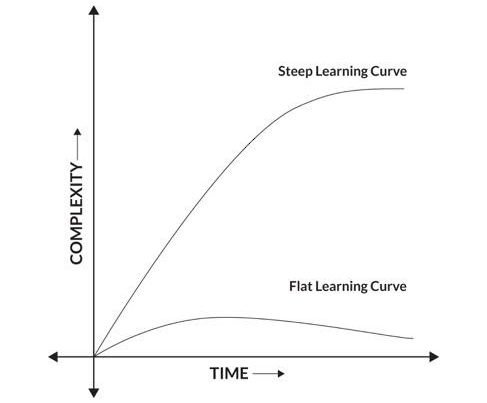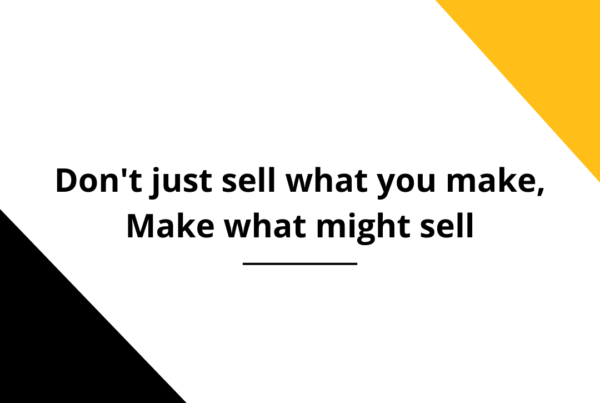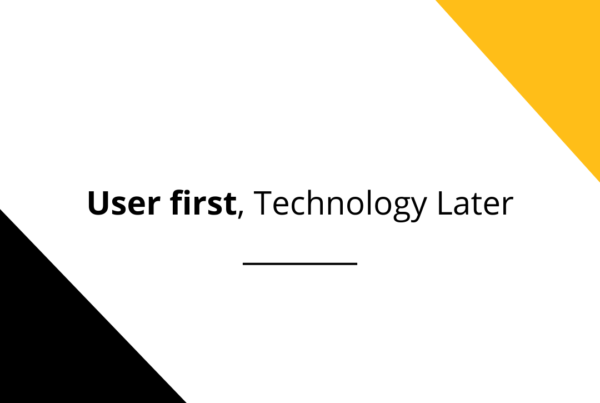The magnanimous investors of two years back have gotten wary now, about their investee companies continuing to guzzle cash. A case in point is the most valued startup in the world, UBER. UBER’s management claims that they have turned profitable in some geographies (however, most experts don’t really believe that). So how does UBER turn profitable? By leveraging its technology platform to create more value. Here’s how
If app-driven taxi providers can locate the nearest available taxis, so can app-driven e-commerce locate the nearest certified retailer and deliver in a jiffy!!!!
Let us understand how Uber, an app-driven taxi operator functions.
When we log into the Uber app, we get to see the number of cabs available around our locality. When you book the ride, one of those cabs gets an alert indicating ‘ride booked’, then the cabbie reaches your destination by following the Google map instructions to your pick-up point.
So, what’s happening at the back-end?
When you login, the app geo-locates the cabs nearest you and gives out an alert to one of the cabs depending on an algorithm that takes into account the distance and time required to reach your pick-up point.
For a moment, let us term the ‘Cab-driver’ as a ‘Supplier’ (of a good or service), close your eyes and see what comes to your mind.
Use case in e-retailing:
If Uber extends the use of the app to an e-tailer? If the ‘Supplier’ is a vendor who is connected with an e-tailing platform, what could happen? Imagine you are on the e-tailer’s webpage on your device and you have liked a particular T-shirt and have indicated your intent to purchase the same, the e-tailer could send an alert to the vendors nearby, who have such a T-shirt in their stock. This alert could be displayed on a dashboard at the vendor’s end. The vendor could then respond with a ‘price’ and ‘delivery time’ to that alert. This response (actually, you can refer to it as a ‘quote’) could be displayed on your device screen (you would see ‘quotes’ from other vendors too). Imagine, if you could choose the best quote and the concerned vendor would bag the order. All this would happen in a matter of a few seconds (if the vendors respond quickly, which they would in their self-interest). You could pay online through the e-tailer’s payment gateway. The vendor could then send the T-shirt directly to you. The onus of delivery will be on the local vendor. You, the customer would have the prerogative to rate the level of service from the local vendor. The e-tailer would pay the vendor on fulfillment of the order, after deducting the pre-determined commission.
The Impact
The complex e-retailing chain of operations would be unbundled, reducing the costs involved drastically. The onus of fulfillment would be entirely on the local vendor. The facility of rating the vendor on the app (similar to the rating that you give the cab driver at present, on the Uber app) would ensure high service quality from the local vendors. Delivery times for fulfillment of orders would be reduced substantially. Local traders (who traditionally despise the online retailers), will benefit through the e-commerce boom.
NO WONDER UBER IS THE MOST VALUABLE STARTUP TODAY, VALUED AT $62.5 BILLION!!!! …. HAS REACHED THE MARK FASTER THAN FACEBOOK. {Aswath Damodaran*, a valuation expert, says, “It’s more likely to be around $28 billion”. Even that’s not bad ):}
In India, the Tata group has invested $100 million in Uber and Ratan Tata, ex-chairman of the Tata group has recently invested an undisclosed amount in rival OLA, from his personal investment vehicle!!!! That’s no small wonder, they want to cover all possible bases!!!!
The challenges
The app needs to have electronic access to the local vendor’s stocks. The local vendor has to update the latest stocks in his ERP (or whatever he uses) system. This networking will take some doing. Many small vendors do not use any electronic stock-keeping tools, so may not be able to benefit from this app
Many such use cases can be imagined in other fields …… only if one thinks of Uber, not as a transportation company, but as a geo-tagging platform.
Any industry that needs location can adopt the app for use.
IMAGINATION IS THE ONLY CONSTRAINT!!!
By Dr. Kaustubh Dhargalkar.
He is an independent Consultant/ Design Thinking trainer whohas helped various companies build capabilities for upcoming disruptive scenarios
- https://www.bloomberg.com/news/articles/2016-08-17/an-expert-in-valuation-says-uber-may-have-already-peaked



